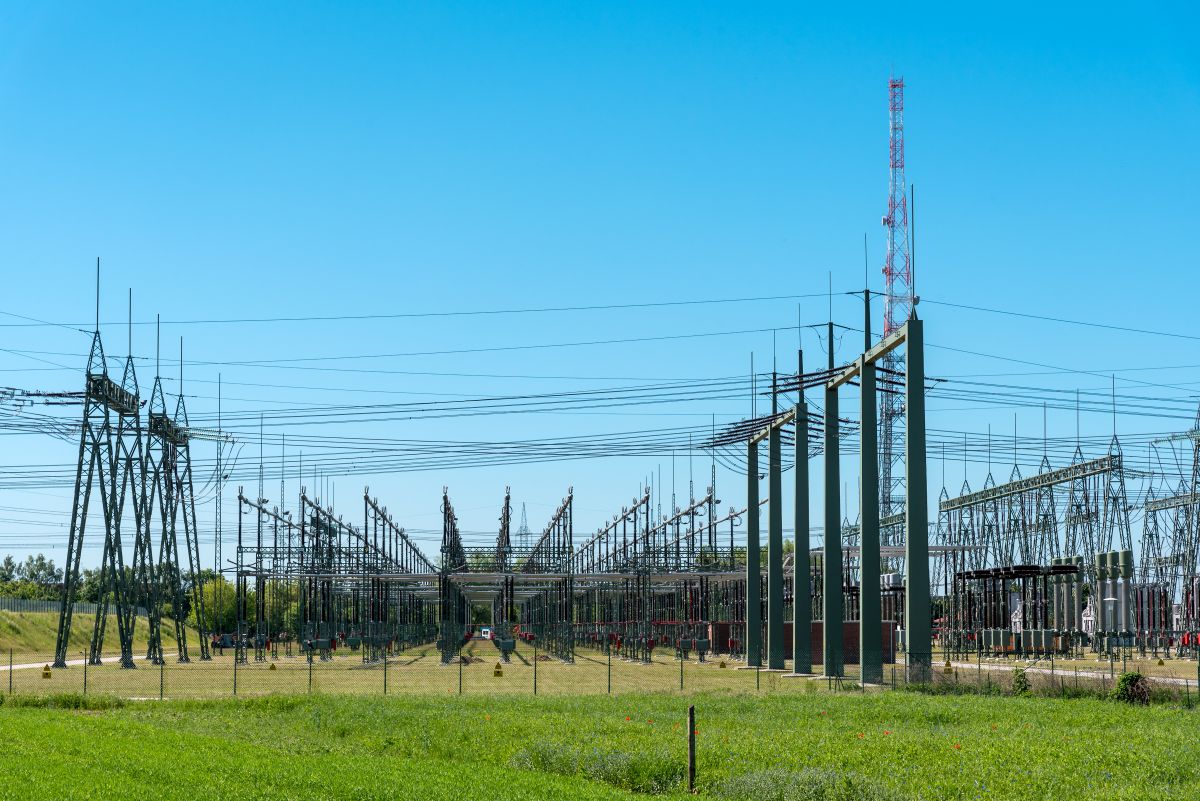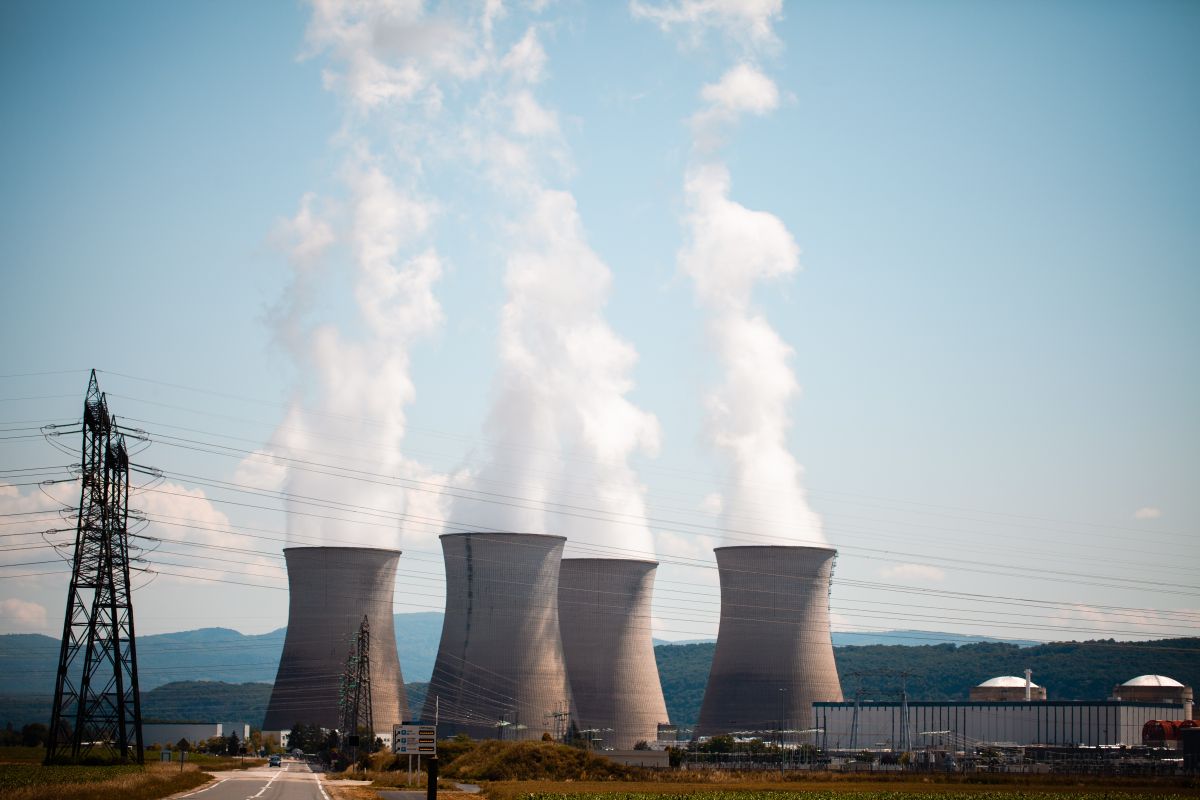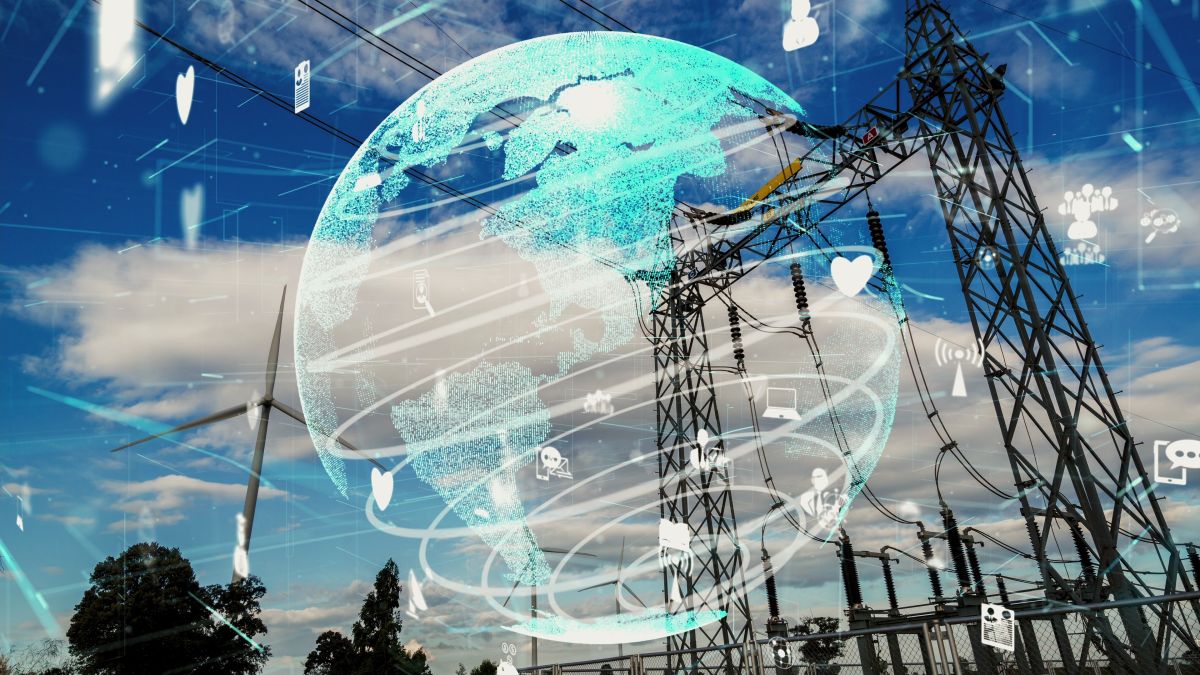With renewable integration, Distributed Energy Resources (DERs), and digital control systems becoming more powerful and prevalent, utilities are operating a more complex grid. These advancements introduce new risks, including computer hacking and involuntary grid imbalance. Artificial intelligence (AI) is quickly becoming a key solution in identifying, diagnosing, and responding to these risks. Yet detection alone isn’t enough. For utilities, the ability to explain why an AI system makes a given conclusion is just as critical as the conclusion itself. Explainable AI (XAI) is a necessity for modern grid management, as it ensures utilities adopt AI responsibly, building the trust and transparency required for regulatory compliance.
The Growing Complexity of Risks in Energy Systems
Beyond equipment failure, threats associated with cybersecurity, climate shocks, unreliable renewable sources, and new regulatory requirements are all colliding simultaneously. The conventional monitoring methods, which are typically rule-based and reactive, are no longer able to keep up.
AI provides the capability to filter through large volumes of real-time grid sensor data, market prices, weather forecasts, and logs to determine patterns that organizations may overlook. This understanding allows for early alerts regarding system weaknesses, such as frequency irregularities and unusual actions of the control system. The transition of utilities to predictive and preventive risk management is radical.
How AI Enhances Risk Detection
AI-driven risk detection leverages machine learning algorithms, neural networks, and statistical models to capture subtle deviations in system behavior. These tools can:
- Identify anomalies in real time: Atypical load flows, voltage anomalies, or device operation that can be precursory to failures.
- Predict cascading impacts: Foresee how localized problems, like inverter shutdowns or transformer overheating, could impact the entire grid.
- Integrate external factors: Integrate climate model and market volatility in risk assessment to enhance situational awareness.
Compared to conventional systems, AI is capable of constantly learning and improving its detection precision with more operational data available.
The Importance of Explainability
The major challenge to the implementation of AI in the utility market is the necessity to have transparent decision-making. Complex models that generate critical outputs without providing a clear and logical explanation may jeopardize trust among system operators, government agencies, and even consumers. Based on the controlled environment of the energy industry, all decisions that cannot be well-grounded are inherently unsustainable. Explainable AI (XAI) attempts to meet this need by rendering the outputs of models interpretable and traceable. For instance:
- Causality identification: Explaining whether a system flag was triggered by abnormal sensor data, unusual load patterns, or cyber intrusion signatures.
- Visualization tools: It is important to provide operators with dashboards that display not only alerts but also the contributing variables.
- Audit readiness: Showing regulators the alignment of risk assessments with existing compliance frameworks.
Detection can be coupled with transparency to enable utilities to be confident in their operations and yet be accountable.

Balancing Innovation with Compliance
There is increasing pressure from regulatory bodies like NERC and FERC to focus on proactive risk management and record-keeping. AI systems, if not adequately explained and documented, may turn into liabilities instead of assets. Utilities must therefore strike a balance by:
- Deploying AI models that improve detection accuracy
- Ensuring every model decision can be justified to auditors
- Maintaining robust governance processes for AI lifecycle management.
Any utilities embracing explainable AI are in a stronger position to show their adherence to emerging standards, prevent fines, and create a culture of responsibility.
Conclusion
AI-based risk detection and explainability is transforming the way utilities deal with the complexities of new energy systems. Knowing risks beforehand in the form of cyber threats, fluctuations over renewable generators, and anomalies in equipment offers a significant defense against disruption. However, that detection is not enough. Transparent, explainable AI enables utilities to not only use the resulting insights with confidence but also keep up with regulatory demands and achieve stakeholder trust. To utilities, the message is firm: explainable AI is not only an optimization but also an operational necessity. Those who adopt it today will be better positioned to face the challenges of the ever-dynamic energy environment.
How much data do modern utilities generate daily, and why does it matter for AI?
What percentage of grid disturbances are linked to renewable variability?
How effective is AI in detecting anomalies compared to traditional methods?
What proportion of utilities consider explainability critical for AI adoption?
How much can explainable AI reduce compliance risks and penalties?
Disclaimer: Any opinions expressed in this blog do not necessarily reflect the opinions of Certrec. This content is meant for informational purposes only.












